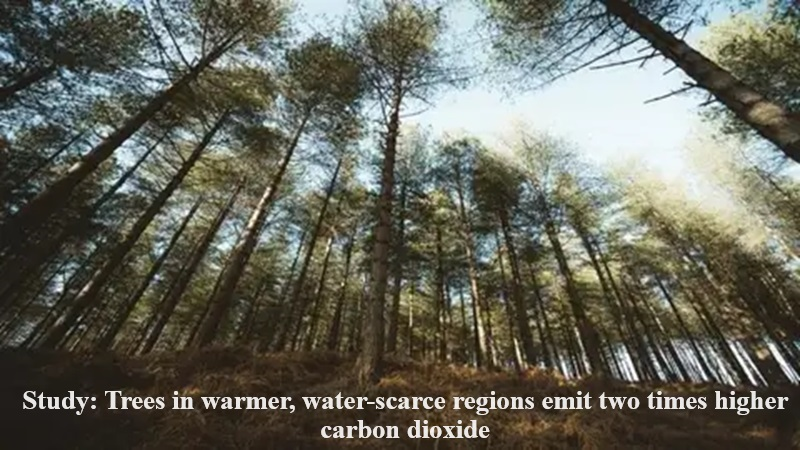
A groundbreaking study led by the Pennsylvania State University challenges the prevailing notion that trees act as climate change warriors, revealing that trees release more carbon dioxide (CO2) in warmer and drier climates. The research, led by Max Lloyd at Penn State, analyzed a global dataset of tree tissue and demonstrated that the rate of photorespiration in trees is up to two times higher in warmer climates, especially when water is limited.
The unexpected findings prompt urgent questions about the implications for the global climate. Carbon dioxide emissions play a significant role in global warming, and understanding the behavior of trees in different climatic conditions is crucial for devising effective climate change mitigation strategies. The study indicates that trees in regions with elevated temperatures and water scarcity engage in accelerated photorespiration.
Photorespiration is a process occurring in the cells of plants during photosynthesis, particularly under conditions of high temperatures. Unlike the primary photosynthetic process where trees inhale carbon dioxide and release oxygen, photorespiration involves the uptake of oxygen and the release of carbon dioxide by the plant. Essentially, photorespiration reverses the carbon-capturing process of photosynthesis.
The study sheds light on the intricate relationship between trees and climate, challenging the simplistic view of trees solely as carbon sinks. The findings emphasize the need for a nuanced understanding of tree behavior under different climatic conditions to develop effective strategies for managing and mitigating climate change.
“We have knocked this essential cycle off balance,” remarked Max Lloyd, emphasizing the significance of the study’s unexpected revelations. The research calls for continued exploration and analysis to comprehend the complexities of trees’ response to climate change and their role in shaping the Earth’s carbon balance.

Post Your Comments